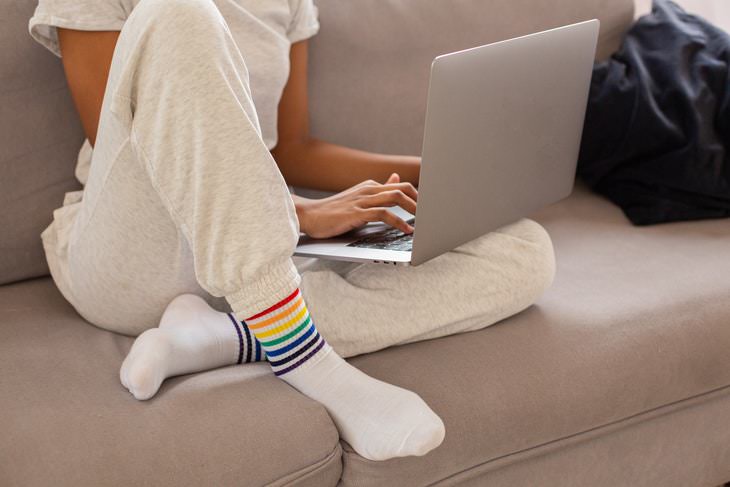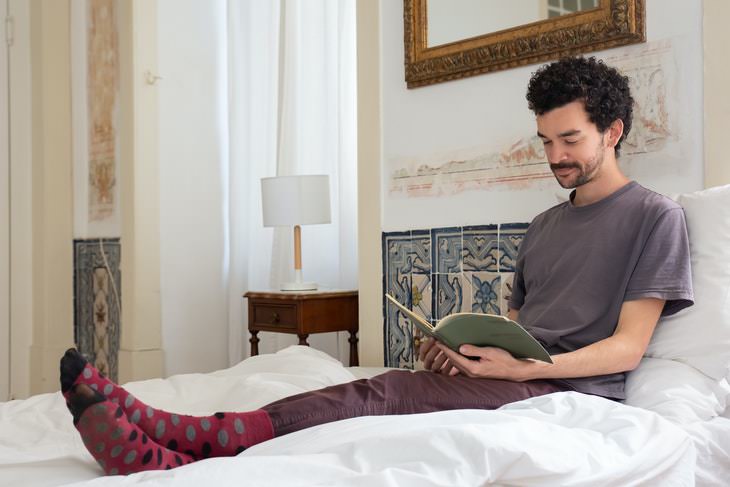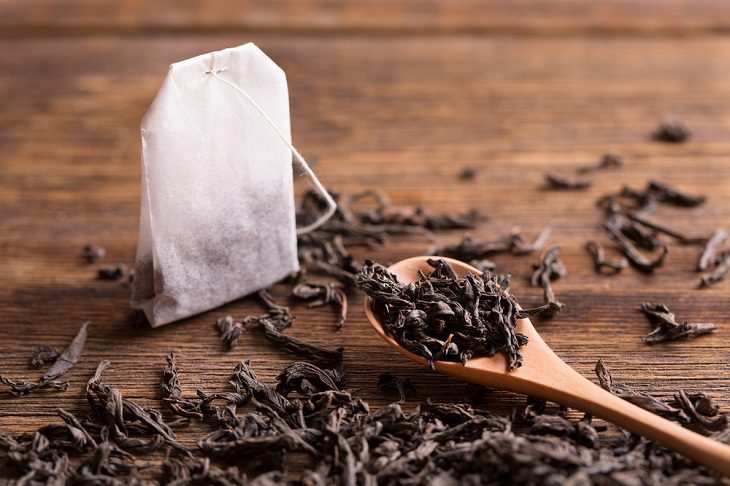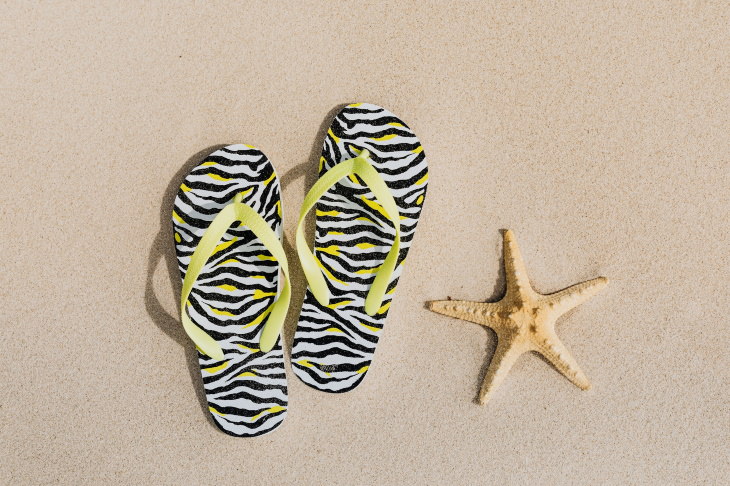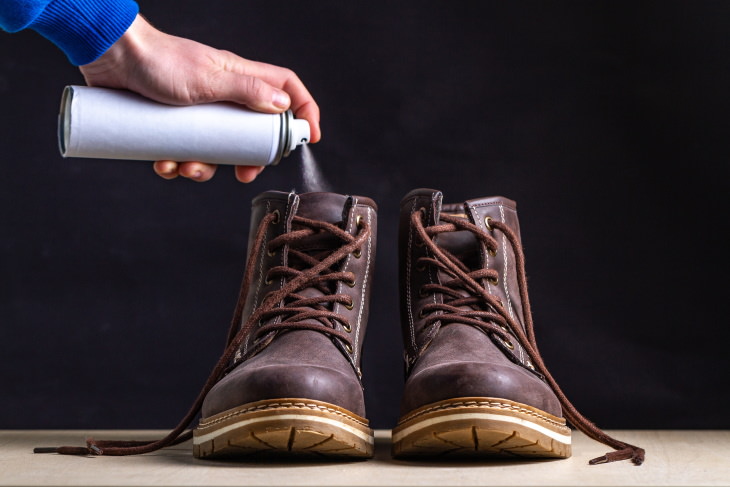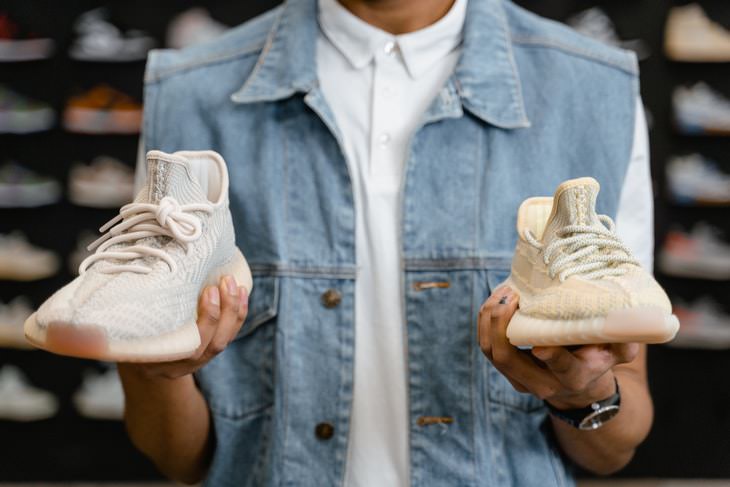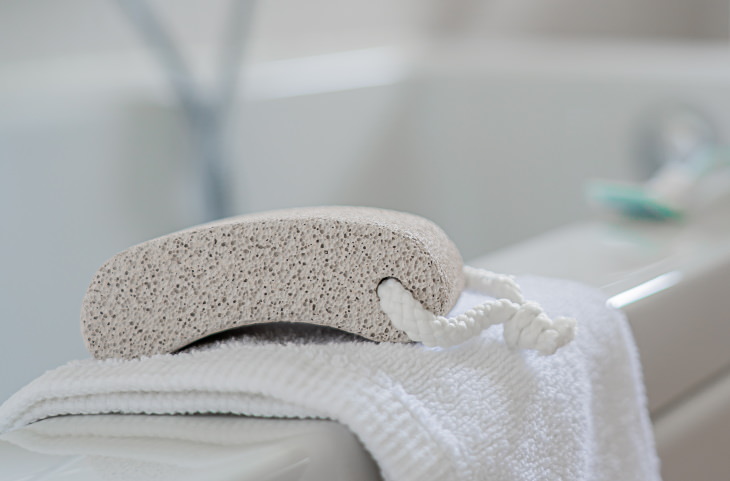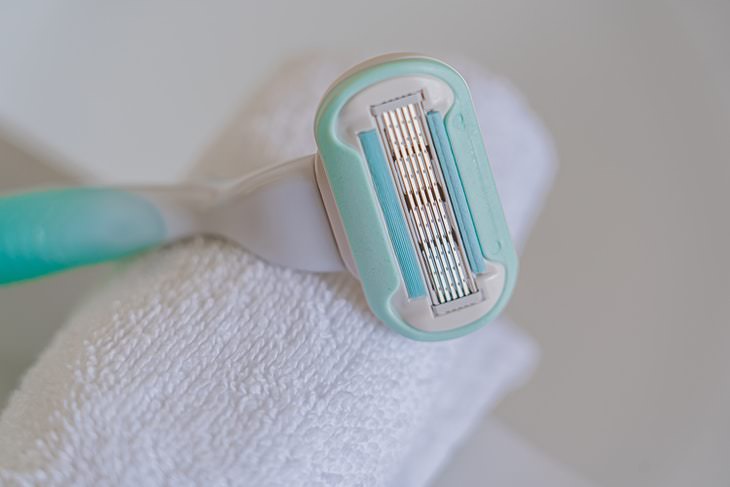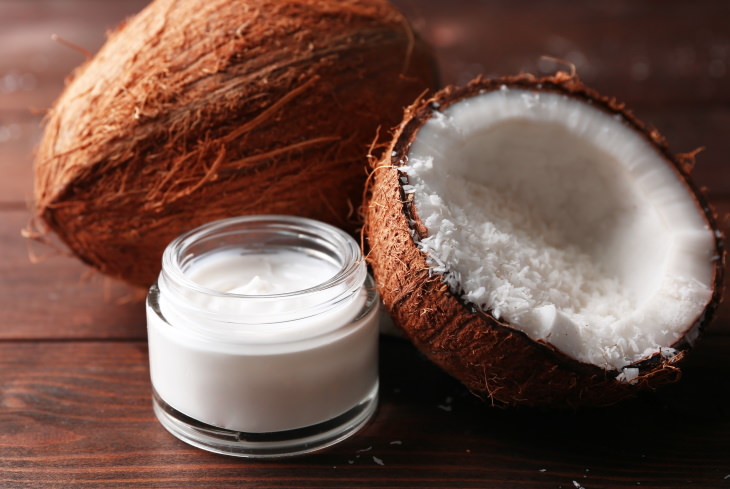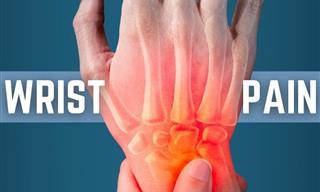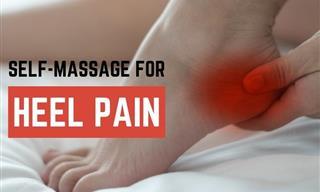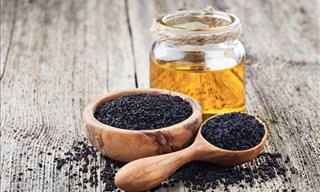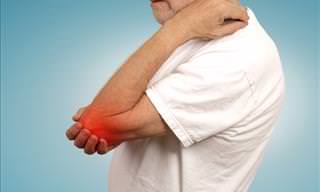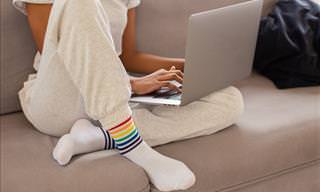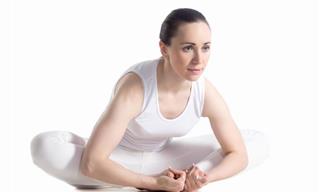1. The most common sock mistakes
We wear socks all the time, but we often don’t give them much thought. This is wrong because your socks play a key role in both comfort and disease prevention. For example, socks that are too small or too big can cause blisters. Look for breathable and moisture-wicking fabrics like 100% cotton. Sweaty feet can lead to blisters, fungal infections, and other problems.
When the weather is colder, it’s also important to keep your feet warm and cushioned. This can be done by layering thin and breathable socks with warmer woolen or fleece socks.
2. Is it OK to always walk barefoot around the house?
Few things compare to the relief of taking off your shoes at the end of a long day. So it can be tempting to ditch the slippers whenever you’re at home. While it’s probably fine to walk barefoot for a short time, doing so for prolonged periods can lead you to develop heel pain, pressure wounds, inflamed tendons, stress fractures, and plantar fasciitis - a condition that leads to overstretching, inflammation, and tearing of the fascia at the bottom of your feet.
To prevent problems down the road, wear a comfortable pair of slippers with proper arch support. Note that seniors and people with diabetes, poor blood circulation, arthritis, autoimmune issues, or neuropathy should always wear comfortable shoes to prevent complications, falls, and persistent foot pain.
3. A home remedy for foot odor
Tired of unpleasant foot smells? You don’t need to use pricy treatments to get rid of foot odors. The easiest and best homemade remedy for stinky feet is soaking your feet in strong black tea for 20-30 minutes a few days every week.
Before you dismiss this idea as crazy, try it. The tannic acid present in tea can kill bacteria and temporarily shrink the sweat ducts in the feet, which is guaranteed to reduce sweat and any unpleasant odors. Here’s how to prepare this foot soak: boil 2 tea bags in 2 ½ cups (600 ml) of water for 15 minutes. Then add 5 more cups (1.2 liters) of cool water and use the brew as a foot soak.
4. Are flip-flops good or bad?
Flip flops are easy to put on and take off, and they’re made of durable materials, so they’re the go-to choice for many people. This is a mistake. Flip-flops are made for the beach and not for walking.
While putting these shoes on for a short time is probably fine, wearing them for more than 1-3 hours every day can lead to cracked heels, blisters between the toes, plantar fasciitis, and calluses. This is because flip-flops don’t adhere well to the foot and lack heel and arch support. Avoid wearing flip-flops whenever you’re planning to walk any significant distances, especially while doing groceries, gardening, going on hiking trips, or engaging in any other sports activities.
5. A quick fix for foot odor
Did you know that your feet have over 200,000 sweat glands? Some people have extremely sweaty feet, it is just their biology. Such people can benefit from using antiperspirant sprays on their feet, just like we use them regularly on your armpits to keep away odors. The easiest way to do so is to spray your shoes with an antiperspirant.
Wearing moisture-wicking socks, and letting your shoes dry completely in-between wear are also great ways to prevent unpleasant smells.
6. Always buy tennis shoes at a sports shoe store
Even if the only activity you do is walking, it’s always better to buy athletic shoes at a specialty store. A well-trained staff will measure your feet and find the best-fitting shoe for your needs. Keep in mind that you should replace your tennis shoes every 6-12 months, depending on how much you use them, as sports shoes are the quickest to loosen up too much and start developing unpleasant smells.
7. A few tips for fitting shoes
An ill-fitting pair of shoes is not just uncomfortable to wear, it also increases your risk of injuries and chronic foot pain. But there are a few other things to consider apart from getting a pair of shoes with proper arch support. First and foremost, consider the size of the shoes.
While leather shoes ought to fit as closely as possible, there should be enough space to fit one thumb’s width in the toe box when you’re choosing athletic shoes. Also, make sure that none of your toes are curled up. To do so, you should usually measure your shoe size by the longest toe, which isn’t necessarily your big toes, as many people have a longer second toe.
8. There’s a right and a wrong way to use a pumice stone
Do you use a pumice stone or foot file? If so, you may be making the mistake of moving back and forth as you’re scrubbing your feet. Unfortunately, this isn’t very effective and only roughs up the skin. Instead, go only in one direction or move in circular motions, wetting the foot file before use.
Experts say that it’s also much better to use a pumice stone or foot file lightly but often - about once a week - rather than going in hard once a month. This will keep your feet soft all the time, and it prevents skin damage due to overuse too.
9. Don’t shave before getting a pedicure
This may sound bizarre at first, but podiatrists recommend against shaving right before getting a pedicure at your favorite nail salon. Even the best shaving job can create tiny nicks in the skin and compromise the skin barrier, which makes it much easier for bacteria, fungi, and any other germs left behind by previous clients to penetrate your skin and cause an infection.
10. Your feet can really benefit from coconut oil
Coconut oil is not a cure-all, as many people can have acne when they use it on the face. However, using coconut oil on your feet is actually a really great idea. Here’s why. Coconut oil has natural anti-fungal properties and can really soften and moisturize rough skin, cuticles, and cracked or calloused skin areas. So using coconut oil as a moisturizer for your feet is a no-brainer! Since the skin on the feet is much thicker and less sensitive than on the face and body, you don’t have to worry about developing acne.
11. Some bunions don’t require surgery
A bunion is a bump that forms when the bone or joint at the base of the big toe migrates out of its initial location. Bunions can be mild or severe, and they can either be painless or really inflamed, swollen, and painful. Surgery is the only way to get rid of bunions permanently, but not everyone actually needs to go through surgery if they have a bunion.
Podiatrists suggest that only those who find it difficult to wear shoes, experience significant foot pain, and notice that the condition prevents them from walking and being physically active should consider removing bunions via surgery. People with mild or moderate cases with no pain can usually feel much better by simply doing some stretches and exercises, wearing wider or padded shoes, and using orthotics.
12. Improve the appearance and health of your feet with stuff you already have at home
Why spend lots of money on foot peels and pedicures if you can make your feet look much better and healthier at home at minimal cost? This homemade foot soak helps brighten toenails, makes your skin softer, and may even help with foot and nail fungus. To prepare the foot soak, combine 2 cups (450 ml) of warm water, ½ cup (120 ml) vinegar, and 2 tablespoons of regular baking soda. Soak your feet in this mixture for 20 minutes a couple of times every week, and you’ll see improvements in a few weeks!
Please share these useful tips with others!
 Go to BabaMail
Go to BabaMail


